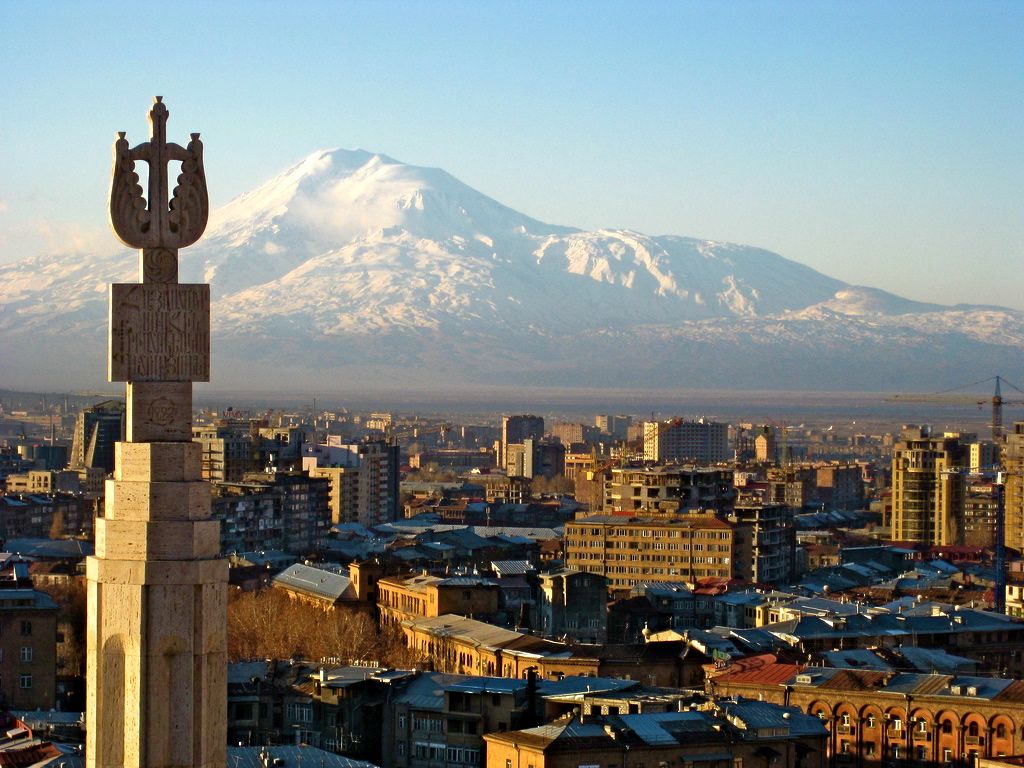Armenia’s birth rate declined by 5% in the first nine months of 2025 compared to the same period last year, while deaths increased slightly by 0.6%, according to new data from the Statistical Committee of Armenia (Armstat). The findings are detailed in the committee’s latest report, “Socio-Economic Situation of the Republic of Armenia in January–September 2025.”
Birth Rate Falls by 5%
23,698 babies were born in Armenia between January and September 2025 — down from 24,942 births during the same period in 2024, marking a 5% decline. The decline, ongoing since early 2024, reflects both social and economic factors influencing family planning and fertility.
During this period, 286 stillbirths were also recorded, representing a 16.4% decrease compared to 2024. While this decline in stillbirths is a positive indicator of improving prenatal care, the broader reduction in overall births underscores a continued demographic challenge for the country.
No maternal deaths were registered in Armenia in the first nine months of 2025, compared to six cases during the same period in 2024 that were linked to complications from pregnancy, childbirth, or the postpartum period.
The gender ratio of newborns remained unchanged from the previous year — 110 boys for every 100 girls.
Deaths Increase by 0.6%
In the same nine-month period, 19,064 people died in Armenia — a 0.6% increase compared to January–September 2024, when 18,959 deaths were recorded.
More than half of all deaths (51.4%, or 9,795 people) were caused by circulatory diseases, though this represents a 2.5% decrease from the previous year. The second leading cause of death was neoplasms (cancers), accounting for 19.8% or 3,768 deaths, a 3.5% decline compared to 2024.
Other notable causes of death included:
- Respiratory diseases: 1,974 deaths (10.3%), an 11.1% increase
- Diseases of the digestive system: 899 deaths (4.7%), a 9.2% decrease
- Accidents and poisoning: 701 deaths (3.7%), a 10.2% decrease
- Diseases of the endocrine system: 400 deaths (2.1%), a 17.3% increase
- Infectious diseases: 259 deaths (1.4%), a 43.1% increase
While deaths from heart disease and cancer have declined modestly, a sharp rise in infectious and endocrine-related fatalities highlights evolving public health challenges that call for renewed medical attention and preventive action.
Natural Population Growth Declines by 22.5%
As a result of the declining birth rate and the slight rise in deaths, Armenia’s natural population growth totaled 4,634 people in the first nine months of 2025 — a 22.5% decrease compared to the same period in 2024. This figure represents the smallest natural population increase in recent years, signaling a demographic slowdown that could have long-term social and economic implications if the trend continues.
Permanent Population Still Rising
Despite these challenges, Armenia’s overall permanent population continues to grow modestly. Based on data from the 2022 Census, the country’s permanent population stood at 3,090,500 as of October 1, 2025, compared to 3,067,400 a year earlier.
Of this total:
- Urban population: 1,977,400
- Yerevan’s population: 1,144,700
- Rural population: 1,113,100
Despite demographic pressures, Armenia’s steady population growth underscores the nation’s enduring resilience and the importance of policies that support families, healthcare, and sustainable development.
Marriages and Divorces
Between January and September 2025, 10,238 marriages were registered in Armenia — down from 11,696 during the same period in 2024. At the same time, divorces increased slightly, reaching 3,617 compared to 3,422 the previous year.
This means that in 2025 there were 353 divorces per 1,000 marriages, compared to 293 in 2024, reflecting gradual social changes but also improved registration and record-keeping systems.
Outlook
Armenia’s demographic picture in 2025 presents a complex balance — declining births and rising divorces offset by improving maternal health and a modestly growing permanent population. The data point to both challenges and strengths, underscoring the need for policies that foster family well-being, public health, and national vitality.


